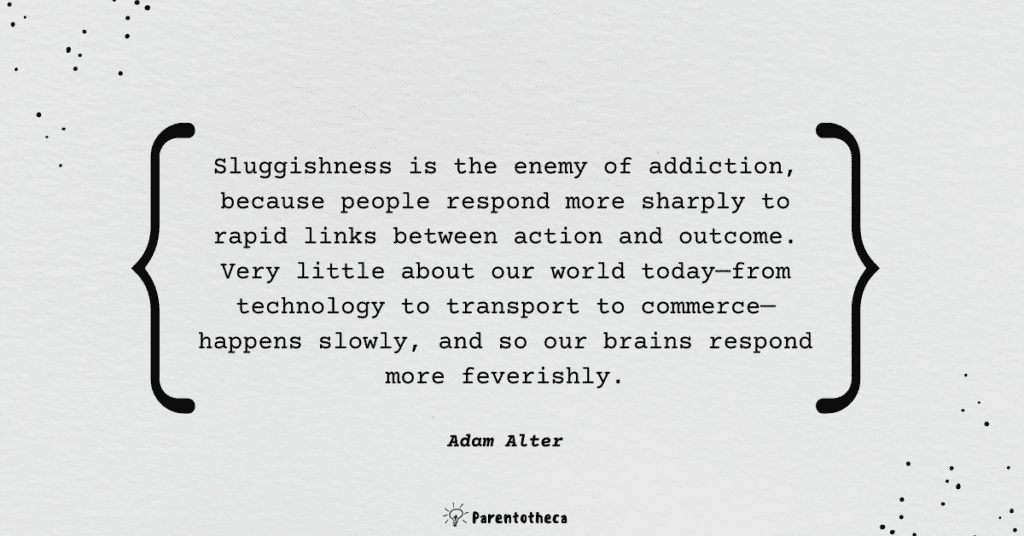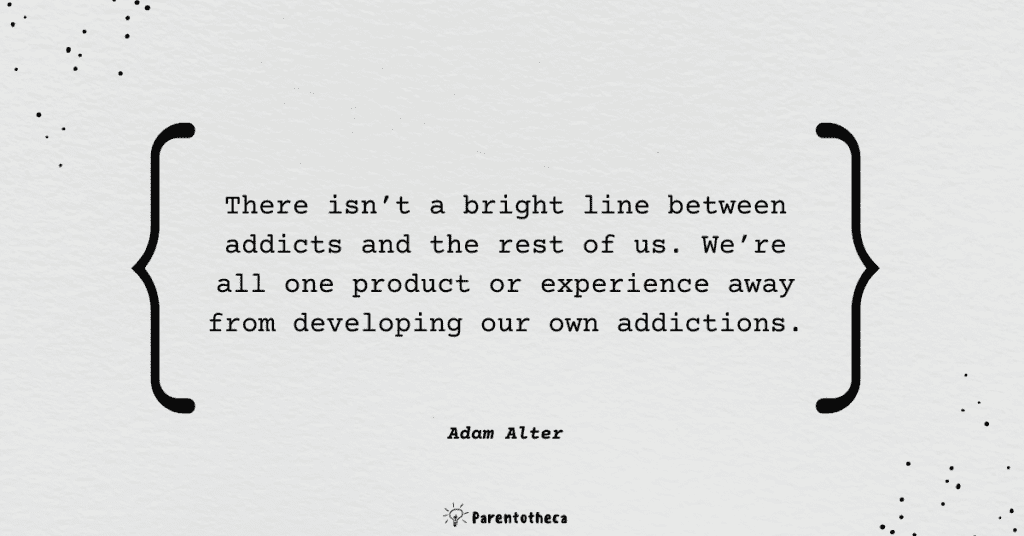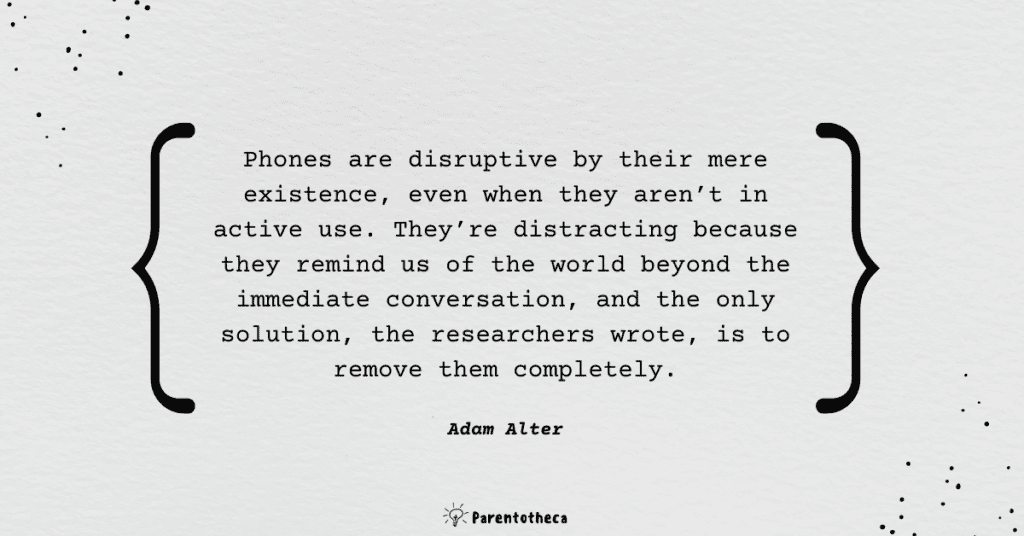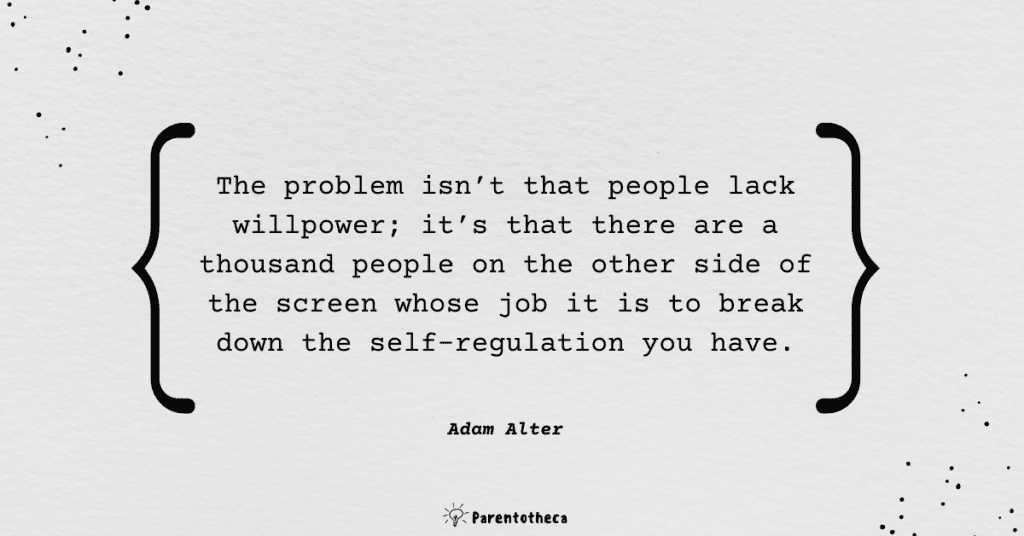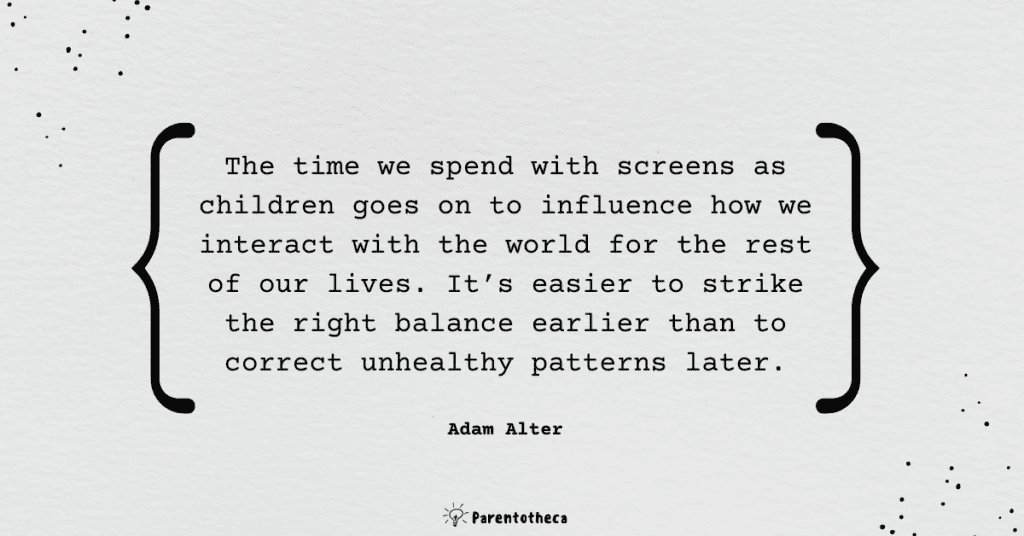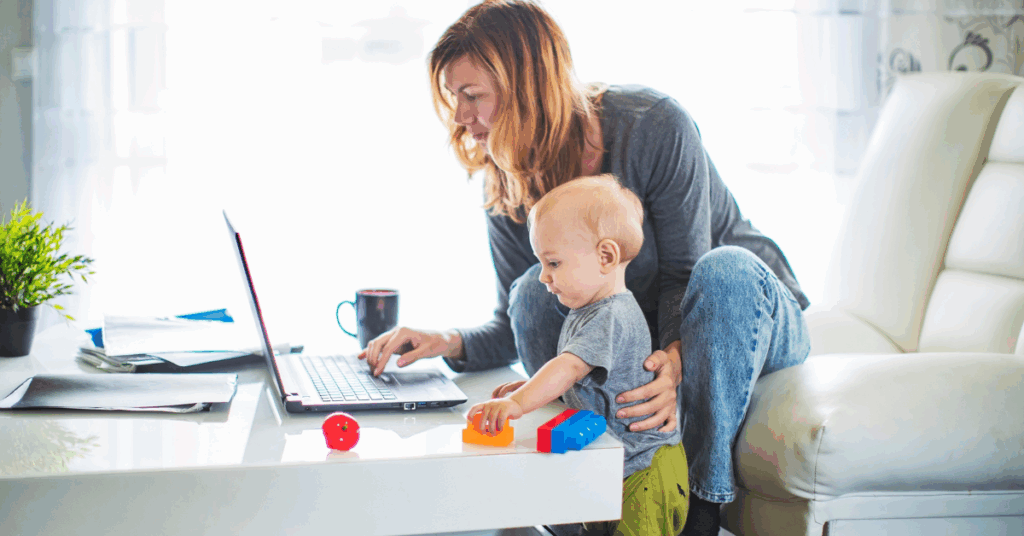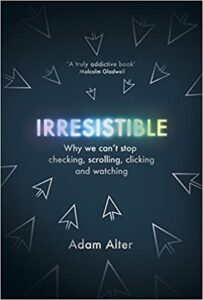 Irresistible
Irresistible
Why We Can’t Stop Checking, Scrolling, Clicking and Watching
Adam Alter
Bodley Head (2 Mar. 2017)
About Adam Alter
Adam Alter is a Professor of Marketing at New York University’s Stern School of Business and the Robert Stansky Teaching Excellence Faculty Fellow, with an affiliated appointment in the New York University Psychology Department. He is the author of the New York Times bestseller Drunk Tank Pink: And Other Unexpected Forces That Shape How We Think, Feel and Behave and has written for The New York Times, New Yorker, Atlantic, Wired, Popular Science and numerous other publications.
About the book:
“Irresistible traces the rise of addictive behaviors, examining where they begin, who designs them, the psychological tricks that make them so compelling, and how to minimize dangerous behavioral addiction as well as harnessing the same science for beneficial ends. If app designers can coax people to spend more time and money on a smartphone game, perhaps policy experts can also encourage people to save more for retirement or donate to more charities. […]
The age of behavioral addiction is still young, but early signs point to a crisis. Addictions are damaging because they crowd out other essential pursuits, from work and play to basic hygiene and social interaction. The good news is that our relationships with behavioral addictions aren’t fixed. There’s much we can do to restore the balance that existed before the age of smartphones, emails, wearable tech, social networking, and on-demand viewing. The key is to understand why behavioral addictions are so rampant, how they capitalize on human psychology, and how to defeat the addictions that hurt us, and harness the ones that help us.”
I got this book after reading Bored and Brilliant by Manoush Zomorodi (check out our notes). While Manoush’s primary focus is on how our addiction to smartphones affects our creativity, Adam digs deeper and demonstrates how businesses deliberately use technology to hack our brains and keep us addicted to certain behaviours. And most importantly, he shares some ideas on how we can approach our behavioural addictions wisely and develop a healthy relationship with the technology surrounding us.
If you are interested in this topic and want to know how it may affect you or your children, this book will spark some reflections. Also, I recommend Irresistible to every parent to have a broad picture of how technology influences young minds and how to protect children from the harm it poses.
I really enjoyed the book and can’t wait to share my favourite insights.
P.S.: Adam also has a great TED talk – check it out!
Key insights:
Never get high on your own supply
“In late 2010, Jobs told New York Times journalist Nick Bilton that his children had never used iPad. “We limit how much technology our kids use in the home.” Bilton discovered that other tech giants imposed similar restrictions. Chris Abderson, the former editor of Wired, enforced strict time limits on every device in his home, “because we have seen the dangers of technology firsthand.” His five children were never allowed to use screens in their bedrooms. Evan Williams, a founder of Blogger, Twitter, and Medium, bought hundreds of books for his two young sons, but refused to give them an iPad. And Lesley Gold, the founder of an analytics company, imposed a strict no-screen-time-during-the-week rule on her kids. She softened her stance only when they needed computers for schoolwork. Walter Isaacson, who ate dinner with the Jobs family while researching his biography of Steve Jobs, told Bilton that, “No one ever pulled out an iPad or computer. The kids did not seem addicted at all to devices.” It seemed as if people producing tech products were following the cardinal rule of drug dealing: never get high on your own supply.”
Adam kicks off the book with this powerful message. And I find it quite disturbing. People who design tech products don’t let their kids spend time on the devices. And the question that should bother every parent now – WHY? Isn’t iPad the best babysitter?
Short answer – no. Most of the tech is highly addictive, and unlimited usage may cause irreversible harm (more on that later).
We should never forget that our attention is our most precious asset throughout our whole life span. To flourish, we need to be able to put our attention where we want, when we want, and for how long we want. In Mind in the Making, Ellen Galinsky states that Focus and Control is the number one life skill associated with success in life. So if we want to help our kids to actualize their potential, we need to be very, VERY careful with the technology.
In our family, we are very restrictive when it comes to screen time. Boys have up to 30 minutes on iPad/laptop, and the content should pass our strict censorship. We deliberately don’t have a TV and have a strict rule of no tech at the dinner table.
P.S.: do you know that only drug dealers and tech people refer to customers as “users”? Isn’t it for a reason?
11 years on a phone
“Most people spend between one and four hours on their phones each day—and many far longer. This isn’t a minority issue. If, as guidelines suggest, we should spend less than an hour on our phones each day, 88 percent of Holesh’s users were overusing. They were spending an average of a quarter of their waking lives on their phones—more time than any other daily activity, except sleeping. Each month almost one hundred hours was lost to checking email, texting, playing games, surfing the web, reading articles, checking bank balances, and so on. Over the average lifetime, that amounts to a staggering eleven years. On average they were also picking up their phones about three times an hour. This sort of overuse is so prevalent that researchers have coined the term ‘nomophobia’ to describe the fear of being without mobile phone contact.”
Isn’t that scary? What did we do without mobile phones? ☺
We spend, on average, 11 years texting, playing games, reading articles, and checking emails. Some of that time we could spend, for example, sleeping, as often we mindlessly scroll through our Instagram feed instead of having a restful sleep. And some of that time, we could do something more productive – e.g. building relationships, connecting to our child through play, talking to our partner, creating a product, reading a book…whatever!
ELEVEN YEARS! Just think about it. That’s, on average, 100 hours (equals to nearly four days) a month. What would you do with this extra time? How can you reclaim a ton of wasted energy?
The addict in all of us
“There’s so much more to it than an addictive personality. Addicts aren’t simply weaker specimens than non-addicts; they aren’t morally corrupt where non-addicts are virtuous. Instead, many, if not most of them are unlucky. Location isn’t the only factor that influences your chances of becoming an addict, but it plays a much bigger role than scientists once thought. Genetics and biology matter as well, but we’ve recognized their role for decades. What’s new, and what only became clear in the 1960s and 1970s, is that addiction is a matter of environment, too. Even the sturdiest of our ranks—the young G.I.s who were free of addiction when they left Vietnam—are prone to weakness when they find themselves in the wrong setting. And even the most determined addicts-in-recovery will relapse when they revisit people and places that remind them of the drug.”
In a way, we are all addicts. Hopefully, not to substances, but definitely to some behaviours.
You may not even have “an addictive personality”, but the environment can trigger the memories of your addiction and get you off track. In the book, Adam shares fascinating stories of how it works and why it is really important to change your environment when trying to get rid of your addiction. Check this out:
“To measure the link between addiction and memory, Routtenberg visited the local pet store and bought a squirrel monkey named Cleopatra. Ethics boards weren’t as strict as they are now. “I had my own lab room, so I could do whatever I wanted. I operated on her and put electrodes in the reward systems of her brain. This had never been done before with a monkey.” Routtenberg placed Cleopatra in a cage in front of two metal bars. The first sent an electrical current to her pleasure center, and the second released a fresh supply of food. At first Cleopatra pushed the bars randomly, but very quickly she began to behave like Rat No. 34, ignoring the food bar and pressing the electric shock bar over and over again. Olds saw that Routtenberg had done, and he was delighted. “He came down to the lab with a friend, who was a big-time researcher at Johns Hopkins, and showed him what Cleopatra was doing,” Routtenberg says. “It was one of the proudest days of my life.” Later, Routtenberg removed Cleopatra from the cage for hours or even days. Outside the cage, she detoxed, becoming the same healthy monkey she had been when she first arrived at the lab. But as soon as Routtenberg returned her to the cage, she would frantically begin pressing the bar again. Even when the bar was removed from the cage, she would stand where it had once been. As Routtenberg guessed, Cleopatra’s addiction had left a powerful imprint in her long-term memory.”
Isn’t it fascinating? Same as with Cleopatra, our brains “host a flurry of electrical activity” when we’re engaged in addictive behaviour. And it leaves a powerful imprint in our long-term memory. If there are no cues of our addiction, we are all good. But once the environment triggers our memories, we seek ways to satisfy our cravings.
Our environment is very powerful. That’s generally true when you want to break a bad habit – James Clear in Atomic Habits says that first of all, we need to make the cue invisible (the 1st law of habit loop) and make the response difficult (the 3rd law).
Addicted to chocolate? Don’t stock up on it at the store, so you don’t have to resist the temptation at home. Alternatively, order grocery shopping online to avoid walking through the shelves with tempting treats. Addicted to social media? Delete the SM app you spend most of your time on.
Cucumbers and pickles
“Cash invited me to participate in a group discussion with the centers’ inpatients. As the session began, she repeated a mantra that I’d heard a couple of times already: ‘Remember: once your cucumber brain has become pickled, it can never go back to being a cucumber.’ The phrase was designed to discourage inpatients from doing what Vaisberg had done when he left the center: believing that they could play just one more game without their addictions returning. Cash was trying to explain that the inpatients’ brains were forever pickled, in a sense, and that their addictions were always on the cusp of being rekindled. The mantra was a cute way of saying something very confronting: that it’s impossible to ever completely escape the aftereffects of addiction.”
You can’t get rid of your addiction completely. It leaves a deep scar in your memory. And even if you are feeling great and free of addiction, you still have to stay vigilant all the time not to slip back (“just one game”, “just check my friend’s new reel”, “just one piece of chocolate”).
So we need to be mindful of our addictions. It all starts with awareness. What are your top 3 pickles?
Faulty kittens
“In the 1950s and 1970s, in a famous series of experiments, vision researchers Colin Blakemore and Grahame Cooper showed that what a young kitten sees shapes how his brain works for the rest of his life. In one experiment, they confined the kittens to a very dark room until they were five months old. Once a day, they removed half the kittens from the room and placed them in a cylinder covered with horizontal black and white stripes. They removed the other half and placed them in a similar cylinder, this one covered with vertical black and white stripes. […]
When Blakemore and Cooper allowed the kittens to roam a normal room, they were very confused. All of them, regardless of whether they’d been exposed to horizontal or vertical lines, struggled to judge how far away they were from physical objects. They bumped into table legs, failed to jump back when the experimenter acted like he was about to tap their faces, and couldn’t follow moving objects unless they made a noise. […] When Blakemore and Cooper examined the kittens’ brains for activity at, they found that the kittens reared in vertical environments showed no activity at all in response to horizontal lines, while those reared in horizontal environments did not respond to vertical lines. Their brains were effectively blind to whatever they hadn’t been exposed to naturally during the first few months of their lives. His, Andy Doan told me, was irreversible. The visual cortex inside these poor kitten’s heads had been pickled forever, and even exposing them to normal environments for the rest of their lives did nothing to reverse many of the effects of their stunted early lives.”
And back to parenting. Have you ever wondered what are the effects of excessive screen time on kids?
The experiment with kittens is rather cruel. But it shows us what may happen if we limit the number of experiences during the early years of our kids’ lives. Short story – it can cause irreversible changes in the brain. How crazy is it?
Now think about what would happen if you substitute free play and face-to-face interaction with screen time for children. Experts say that kids raised on screens develop a kind of “emotional amblyopia” (Greek for blurred vision). Moreover, a significant body of research suggests that children who miss out on the chance to interact face-to-face struggle with developing socio-emotional skills. And it can be tricky to catch up later.
And guess what? Socio-emotional skills are critical for thriving in life (check out our notes on Mind in the Making by Ellen Galinsky, Emotional Intelligence by Daniel Goleman, and How Children Succeed by Paul Tough for more on that).
So again, if you want to help your children to actualise their potential, make sure they get significantly more face-to-face interactions with other people than through screens. Especially during their first 5 years of life.
P.S.: the best way to teach kids socio-emotional skills? Free play with others!
How parents can help develop healthy interaction with screens
“Children are especially vulnerable to addiction, because they lack the self-control that prevents many adults from developing addictive habits. Regulated societies respond by refusing to sell alcohol and cigarettes to children – but very few societies regulate behavioural addictions. Kids can still play with interactive tech for hours at a time, and they can still play video games as long as their parents will allow.”
Yep. Totally agree. In the book, Adam explains how tech giants hack our brains to keep us hooked on their products. Games, shows, apps, social media, etc. – all are addictive by design. And IRRESISTABLE! Same as drugs.
The problem is that there is no regulation to limit usage, so our job as parents is to help our kids to develop healthy habits. Here are a few suggestions from the book.
- Focus on developing a positive relationship with your child and provide age-appropriate activities that nurture curiosity and learning. That’s the basics. No need to explain here.
- Limit screen time to 2 hours a day (ideally, no screens for kids under two years of age). I know it might be hard for many families, but encourage free play with all your might so that kids will crave screens less.
- Encourage children to connect what they see in the screen world to their experience of the real world. E.g. if they are playing an educational game that teaches them colours, ask them to sort their toys by colour. Build the bridge between the screen and the surroundings.
- Encourage active engagement (apps, games) rather than passive viewing (TV shows). And it should always be age-appropriate.
- Screen time should focus on the content of the app rather than the technology itself. E.g. a screen-based story should mimic the experience of a book (by the way, we love Epic! App for reading books!).
And also, we should be attentive to our child’s needs to help him manage addictive tech. In the book, Adam explains that people get addicted to particular behaviours to fill their psychological needs. He writes:
“Once you understand why each addict plays for hours on end, you can suggest a new routine that satisfies his underlying motive. The bullied gamer might benefit from martial arts classes; the frustrated traveller from reading exotic books and watching documentaries; and the lonely gamer from cultivating new social ties. Even if the solution doesn’t come easily, the first step is understanding why the addiction was rewarding in the first place, and which psychological needs it was frustrating in the process.”
And one more point from Dr Peter Gray – in Free to Learn, he gives an important tip to all the parents:
“The route to getting our kids outdoors is not to throw away the computer or the television set, no more than it is to throw away the books we have in our homes. These are all great sources of learning and enjoyment. Rather, the route is to make sure kids have real opportunities to play freely outdoors, with other kids, without interference from adults. Kids in today’s world need to become highly skilled with computers, just as hunter-gatherer kids needed to become highly skilled with bows and arrows or digging sticks. To develop such skills, they need freedom and opportunity to play with computers, the primary tools of today. But for healthy development, they also need freedom and opportunity to play outdoors, away from the house, with other kids. The key words here are freedom and opportunity—not coercion.”
So let’s all ensure that our kids have an opportunity to play freely with their friends and have positive relationships with the adults around them ☺
Action steps for you:
- Think about the top 3 behavioural addictions you have. Make a plan for how you can manage them better. Consider James Clear’s framework from Atomic Habits.
- Engage with each tech product mindfully – reflect on all the tricks a company uses to hack your brain and get you hooked, and plan how to protect yourself from getting addicted to it.
- Set clear limits for screen time for your kids (up to 2 hours a day). Design the environment around them to promote free play, curiosity and exploration (check out our article on 11 Ideas on How to Bring More Free Play Into Your Child’s Life).
Quotes from the book:

